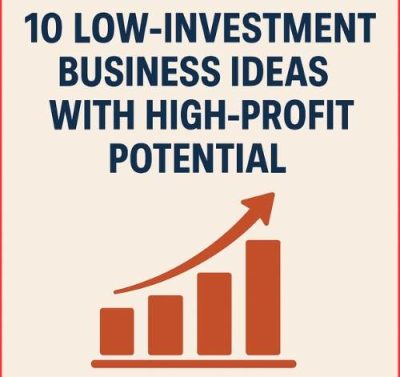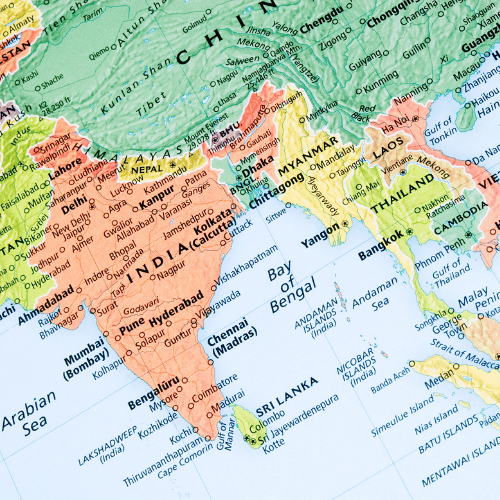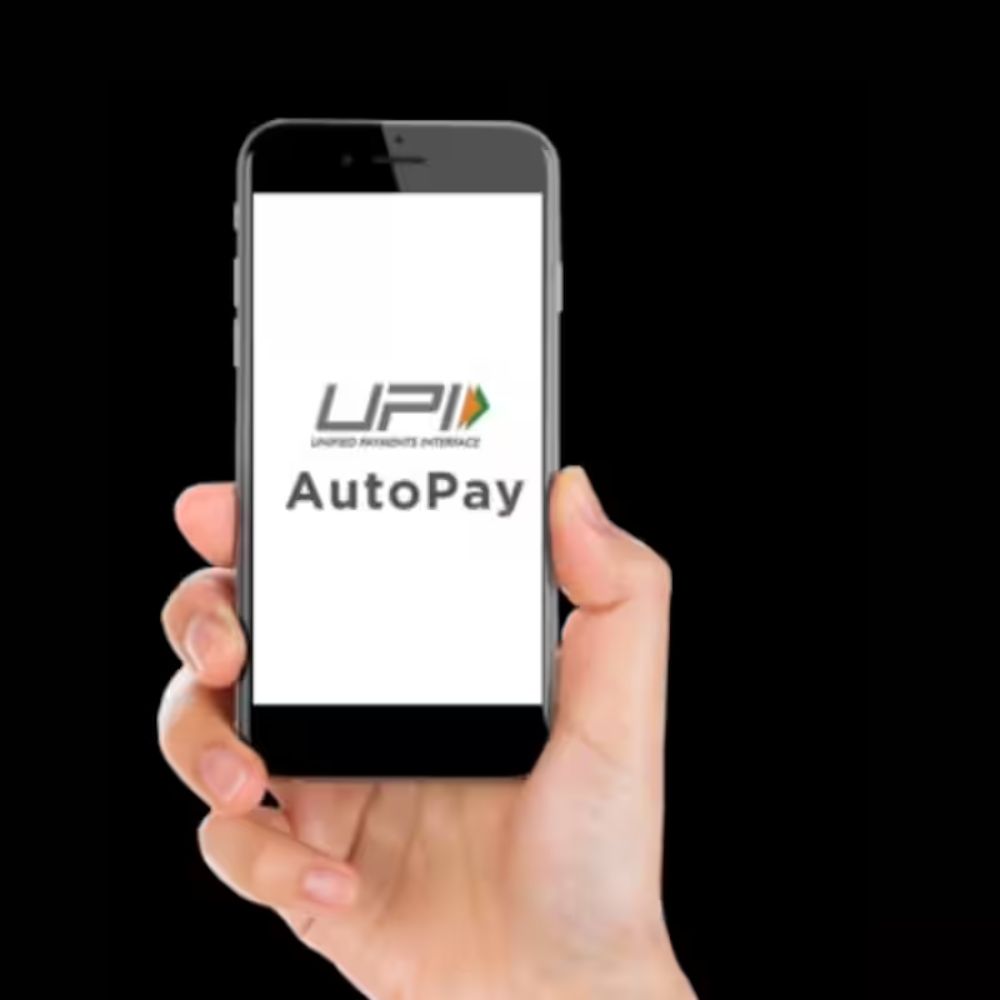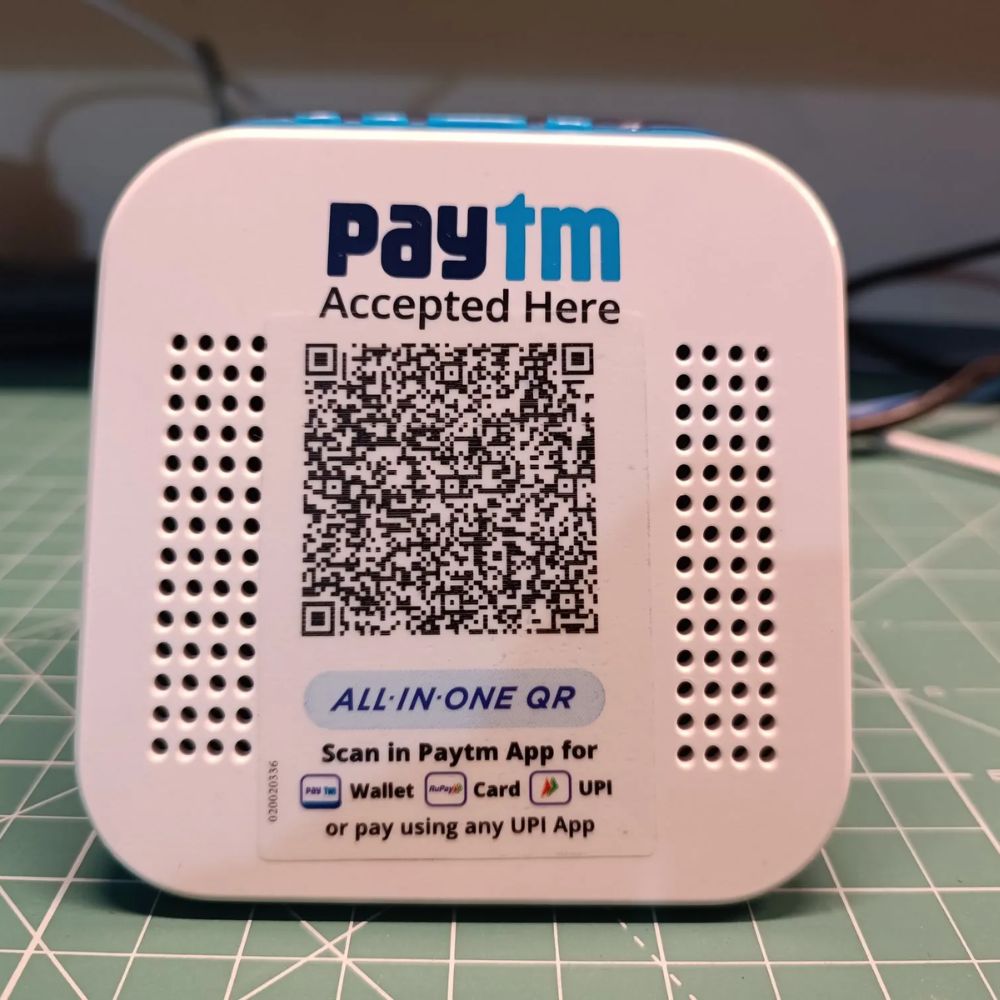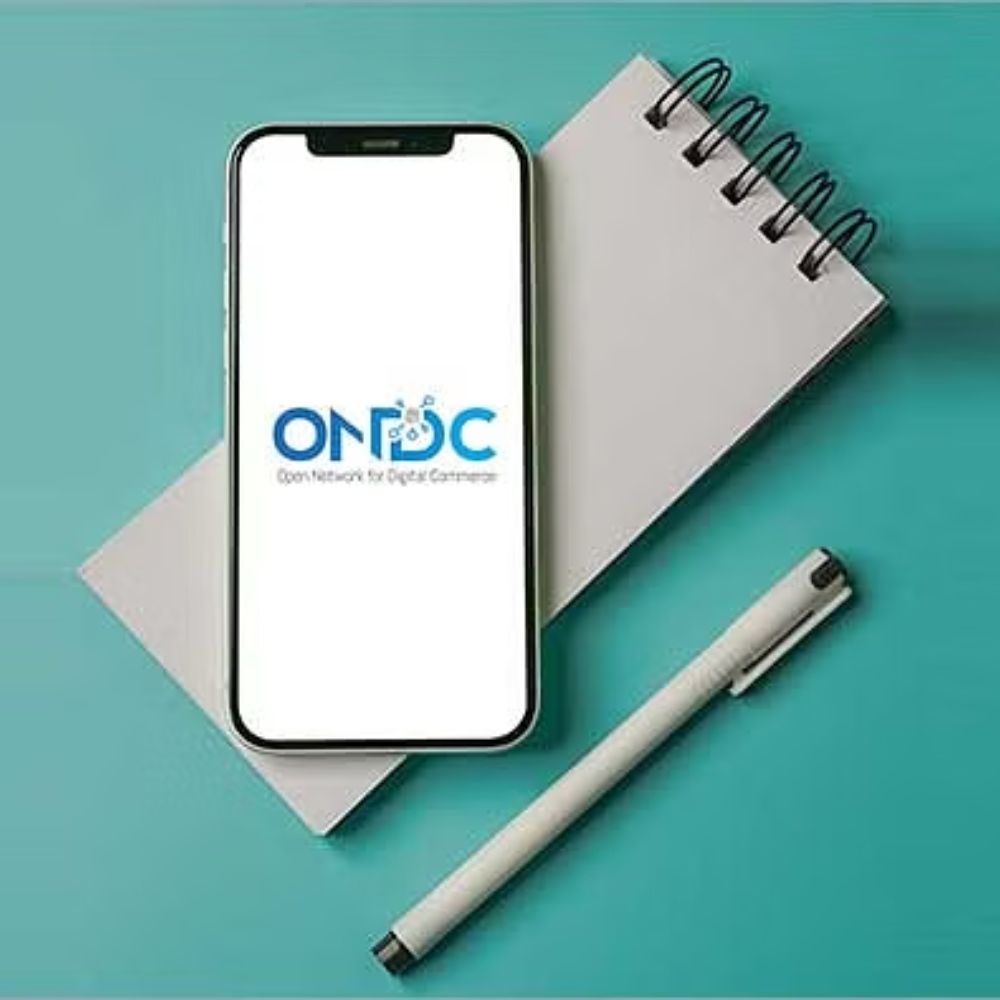In the past several months, at least 24 cities have experienced more than 100 orders twice every week.
Users from 620 cities have placed orders on the Open Network for Digital Commerce (ONDC), despite no particular marketing efforts outside of the top five metropolises like Bengaluru and Delhi. The new version of the government-backed e-commerce network’s incentive program, which might be made public this week, is now expected to focus more on Tier 2 and higher.
“There are just 400 local businesses, yet we have observed that users have placed orders from as many as 620 cities. To help it go outside some of the places like Bengaluru, Meerut, and Delhi, we haven’t even done any advertising from our end. However, as more people become aware of ONDC through social media and seller initiatives, we are gradually noticing a rise in the number of customers trying it out, according to T Koshy, chief executive officer and managing director of ONDC.
We will prioritize smaller towns, craftsmen, farmer producer associations, etc. when we re-architect the vision for the incentive system, which may happen this week.
Since then, two factors have helped the network grow to between 95,000 and 100,000 daily transactions. In order to attract additional merchants to the network, seller-side platforms were first given incentives by ONDC. More significantly, it began offering considerable discounts to brand-new network customers.
The United Payments Interface (UPI), a non-profit organization supported by Nandan Nilekani, chairman of Infosys, served as a model for digital payments, and ONDC aims to emulate that success for digital commerce in India. ONDC is built on the safeguards of software created by the Beckn Foundation.
Building a digital standard for the e-commerce sector that enables any seller to connect with any customer on the network is the central idea behind ONDC.
However, it is simpler said than done.
In the ‘closed-loop’ kind of e-commerce that we are accustomed to, one platform manages the full value chain of a single transaction. Your prior purchase history, location, and other information are used by platform ‘A’ to tailor the results that you view when you log in and search for mobile phones.
There is a fair probability that certain preferred vendors—either those who have paid for advertisements or the ones who may actually be owned by the platform itself—get greater exposure in those search results, which are already constrained by which brands or merchants have partnered with the site.






